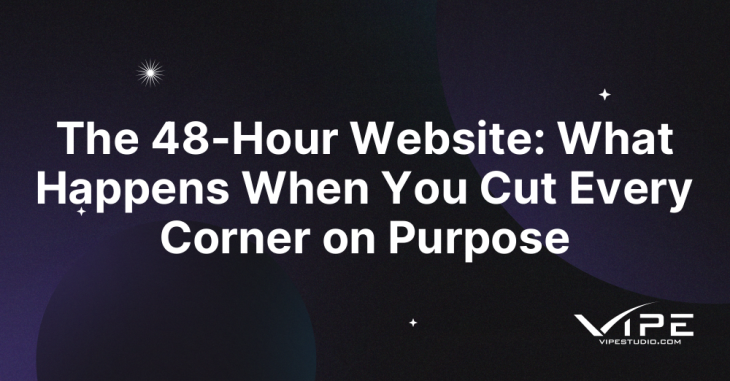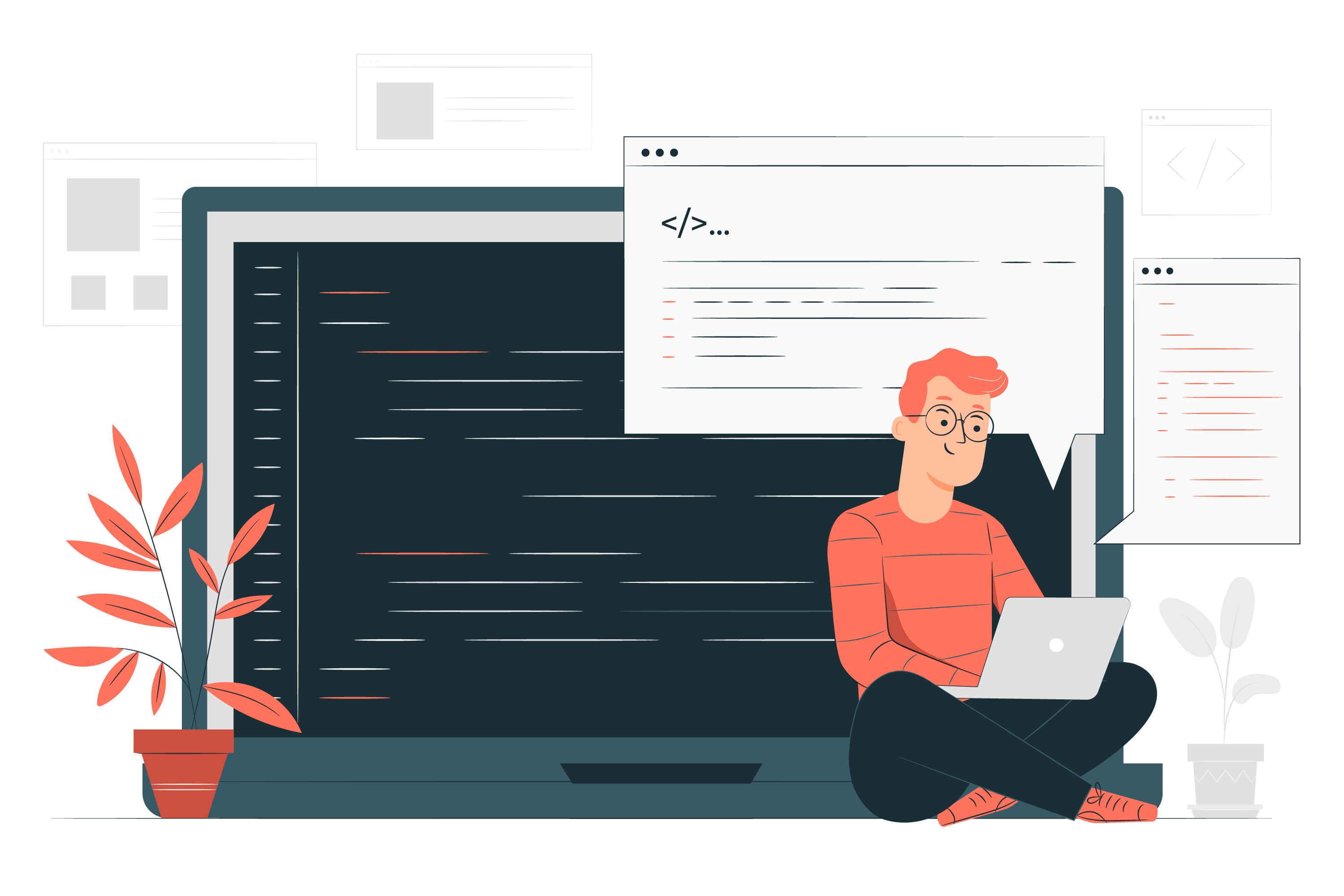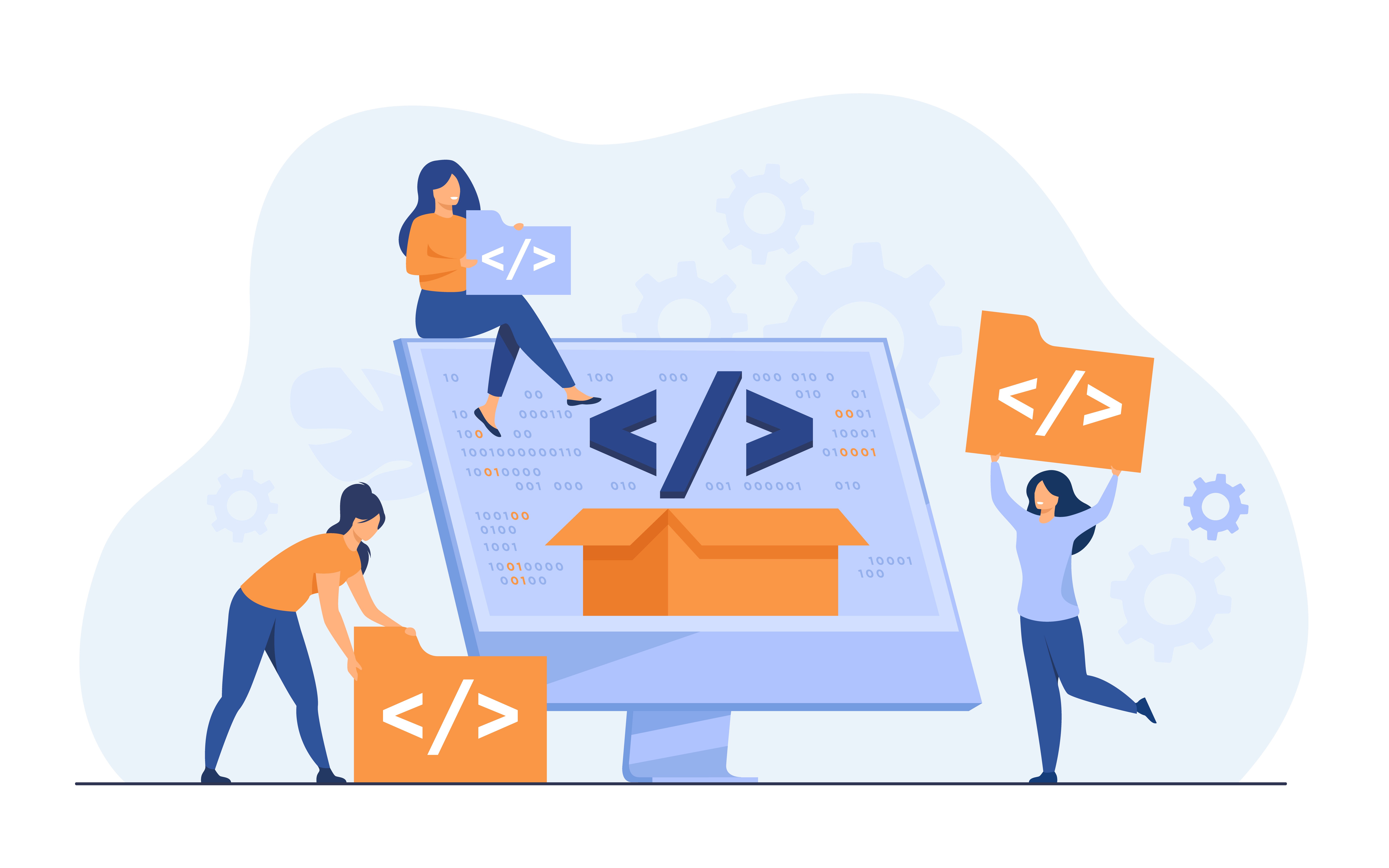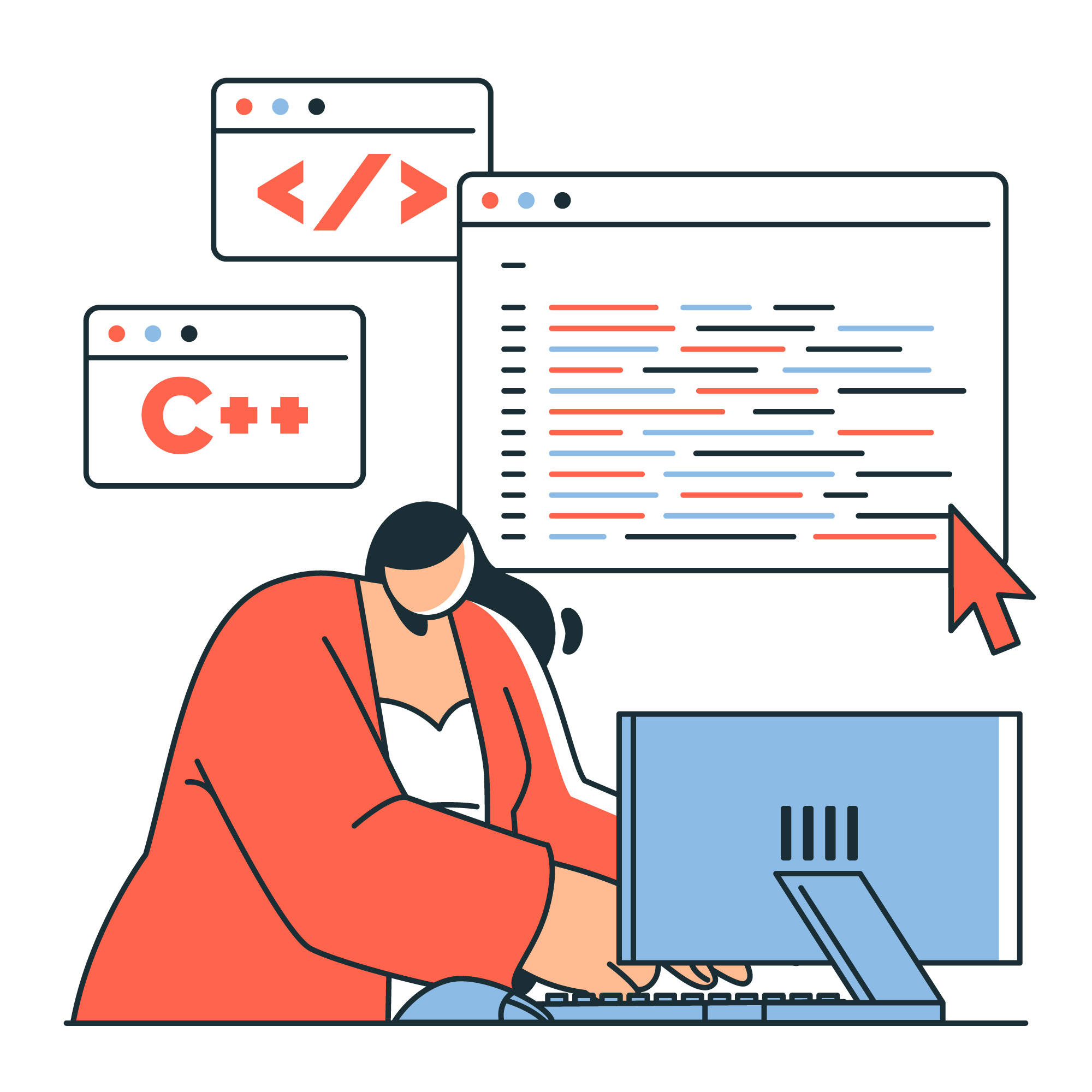The 48-Hour Website: What Happens When You Cut Every Corner on Purpose

READING TIME: MIN
Introduction: The Allure of Speed
In today’s digital economy, speed is often mistaken for success. Businesses want results instantly, and the pressure to deliver websites in record time has become a defining feature of modern development. WordPress, with its ecosystem of themes, plugins, and one-click hosting integrations, makes it possible to build a site in a matter of hours. But what happens when developers go to the extreme-building a website in just 48 hours by cutting every possible corner? This isn’t just a thought experiment; it’s a reflection of real-world practices, where deadlines, budgets, and client expectations collide. The results expose uncomfortable truths about sustainability, security, and design integrity.
The Setup: A Race Against Time
Picture the scenario: a client approaches on Wednesday afternoon and demands a fully functional site by Friday evening. There is no time for discovery workshops, detailed wireframes, or stakeholder revisions. Instead, the developer has one priority-deliver something that looks like a website and performs basic functions. The site must load, display content, collect leads, and perhaps even integrate with third-party tools. Everything else-scalability, branding, maintainability-becomes secondary. It is a race against time where every decision is made with immediacy in mind.
In practice, this approach is more common than many would like to admit. Some businesses genuinely believe that “fast equals efficient,” while some agencies have quietly offered 48-hour builds as low-cost packages. But the results often reveal cracks just below the surface. By rushing the process, developers trade long-term resilience for short-term satisfaction.

Plugins Overload: A House of Cards
When time is scarce, plugins become the developer’s crutch. Need a form builder? Install Contact Form 7. Need an SEO boost? Install Yoast. Need a slider, a gallery, a backup tool? More plugins. Each one promises functionality in seconds, and collectively they form the backbone of a rushed build. But this house of cards is fragile. Plugins often overlap in features, compete for resources, and generate conflicts that would normally be identified during a slower, more careful build.
The irony is that many plugins are designed for convenience, but piling them together results in inefficiency. Pages load slowly, security vulnerabilities multiply, and user experience suffers. In developer communities, plugin bloat is one of the most discussed issues, and yet in high-speed builds, it is treated as an unavoidable compromise. Many site owners eventually find themselves seeking specialized WordPress help when their site becomes nearly unusable from plugin overload-a problem created not by necessity but by haste.
Design Shortcuts: Templates Over Branding
Design, one of the most important aspects of digital presence, is the first casualty of the 48-hour website. Developers under pressure rarely have time to design custom visuals or build a cohesive brand identity. Instead, they rely on pre-built themes and stock templates. While these themes may look visually appealing in demos, they often fail to reflect the uniqueness of a business. Fonts, color palettes, and layout structures remain generic, leaving the website feeling impersonal.

For clients, the problem may not be obvious at first glance-after all, the site “works.” But over time, users notice inconsistencies: logos squeezed into fixed-size headers, mismatched color schemes, and placeholder-style content that never feels authentic. This design shortcut creates websites that function, but rarely connect emotionally with visitors. In a digital landscape where first impressions matter, the brand suffers greatly.
Security and Maintenance Ignored
Security, backups, and updates require forethought and planning-luxuries not afforded in a 48-hour sprint. To save time, developers often skip essential hardening steps: configuring firewalls, restricting file permissions, and setting up automated backups. The logic is that these can be “added later,” but too often later never comes. Within weeks, the site is outdated, leaving it vulnerable to attacks that exploit old plugin versions or misconfigured servers.
Inexperienced site owners often believe they are saving money by ignoring maintenance, but the reality is the opposite. A hacked website costs far more to repair than it would to secure in the first place. This is why businesses that prioritize longevity turn to using a WordPress agency for ongoing support rather than relying on rushed fixes. Without a security-first mindset, the 48-hour website is essentially a ticking time bomb.

Content Compromises: Filling the Gaps
In the scramble to launch, content often becomes an afterthought. Instead of carefully crafted copy, rushed builds rely on placeholders, recycled text, or AI-generated filler. Blog sections remain empty, service descriptions lack detail, and calls-to-action feel generic. Visitors may never find the trust signals they need to convert, reducing the website’s effectiveness as a business tool.
Beyond text, multimedia assets also suffer. Images are left uncompressed, videos are embedded without optimization, and accessibility standards are ignored. This creates not only a performance issue but also an ethical one, excluding audiences who rely on accessible design.
Performance Under Pressure
Speed is ironic in the context of the 48-hour build. While the site is delivered quickly, its actual performance is often slow. Plugins compete for resources, scripts overlap, and images load without compression. The result is a sluggish website that frustrates users and triggers search engine penalties. Google’s Core Web Vitals-metrics that directly influence rankings-are nearly impossible to satisfy under these conditions.

Developers who attempt to patch performance later often face an uphill battle. A rushed foundation rarely supports smooth optimization. It is far easier to build a site with efficiency in mind from the start than to retrofit one after the fact. The 48-hour experiment makes this painfully clear.
Client Perception: Success or Illusion?
Interestingly, some clients celebrate the delivery of a 48-hour site. They see speed as proof of value, unaware of the compromises hidden beneath the surface. For small businesses, the immediate sense of progress outweighs concerns about security, branding, or performance. But this illusion rarely lasts. Within months, complaints emerge: the site is slow, the layout doesn’t fit, updates break functionality. The excitement of speed turns into the frustration of fragility.
Educating clients on the risks of cutting corners is part of the developer’s responsibility. The challenge is communicating that a website is not just a short-term product, but a long-term investment. The 48-hour experiment exposes the disconnect between client expectations and technical reality.

Conclusion: Lessons From the 48-Hour Experiment
The 48-hour website is both a marvel and a warning. It proves that WordPress is powerful enough to deliver a functioning product in record time, but also reveals the hidden costs of haste. Cutting corners in design, security, performance, and content creates fragile websites that fail to scale or inspire confidence. While there may be scenarios where a temporary site is acceptable-such as an event landing page or a proof-of-concept-the long-term risks make this approach unsuitable for serious business endeavors.
Ultimately, the lesson is clear: a website is more than a checklist of features. It is an evolving ecosystem that requires planning, customization, and ongoing care. Sacrificing these qualities for the sake of speed may provide short-term satisfaction, but it undermines the very purpose of building a digital presence in the first place.
Key takeaways
- Building a site in 48 hours is possible but unsustainable.
- Plugin overload leads to performance and security issues.
- Pre-built templates undermine branding and user experience.
- Skipping maintenance and security creates long-term risks.
- Performance optimization is nearly impossible on a rushed foundation.
- Clients may initially value speed but later suffer from fragility.
- A website should be treated as a long-term investment, not a quick fix.


